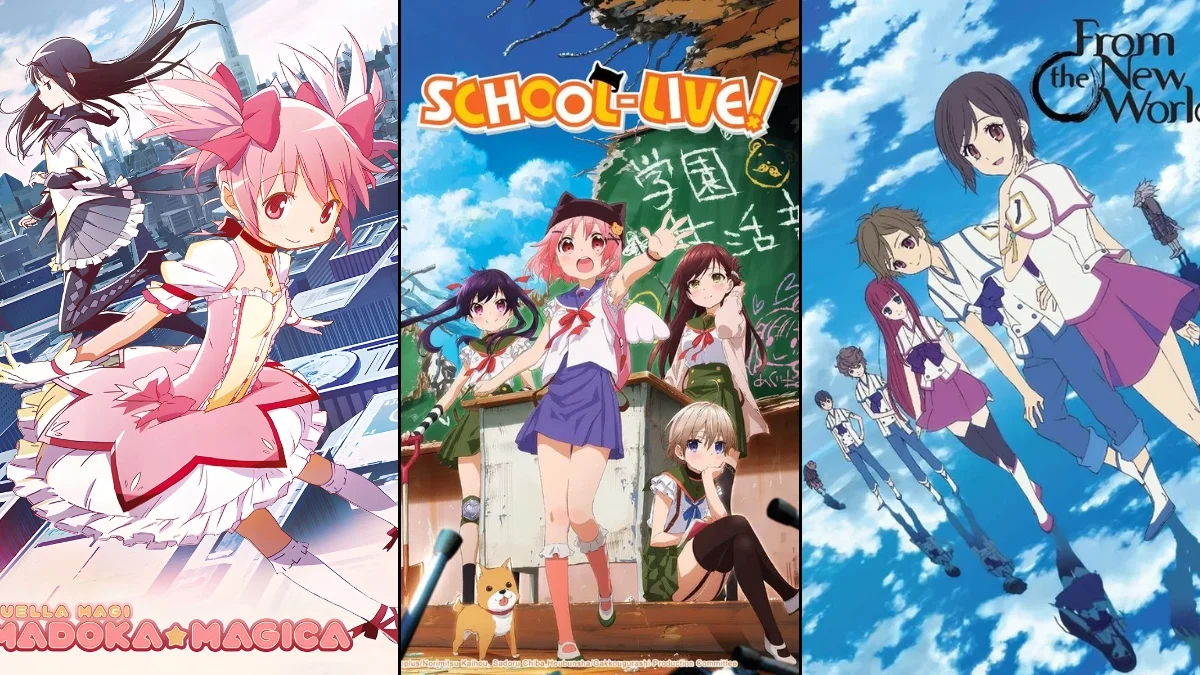
It’s common for anime to start with one type of story and then unexpectedly change direction around the midpoint of a season. Here are 25 series that do this—shifting genres, often after a surprising reveal, a jump in time, or the end of a story arc—along with details about when and how these changes happen, so you can pinpoint exactly when the story takes a new turn.
‘Puella Magi Madoka Magica’ (2011)
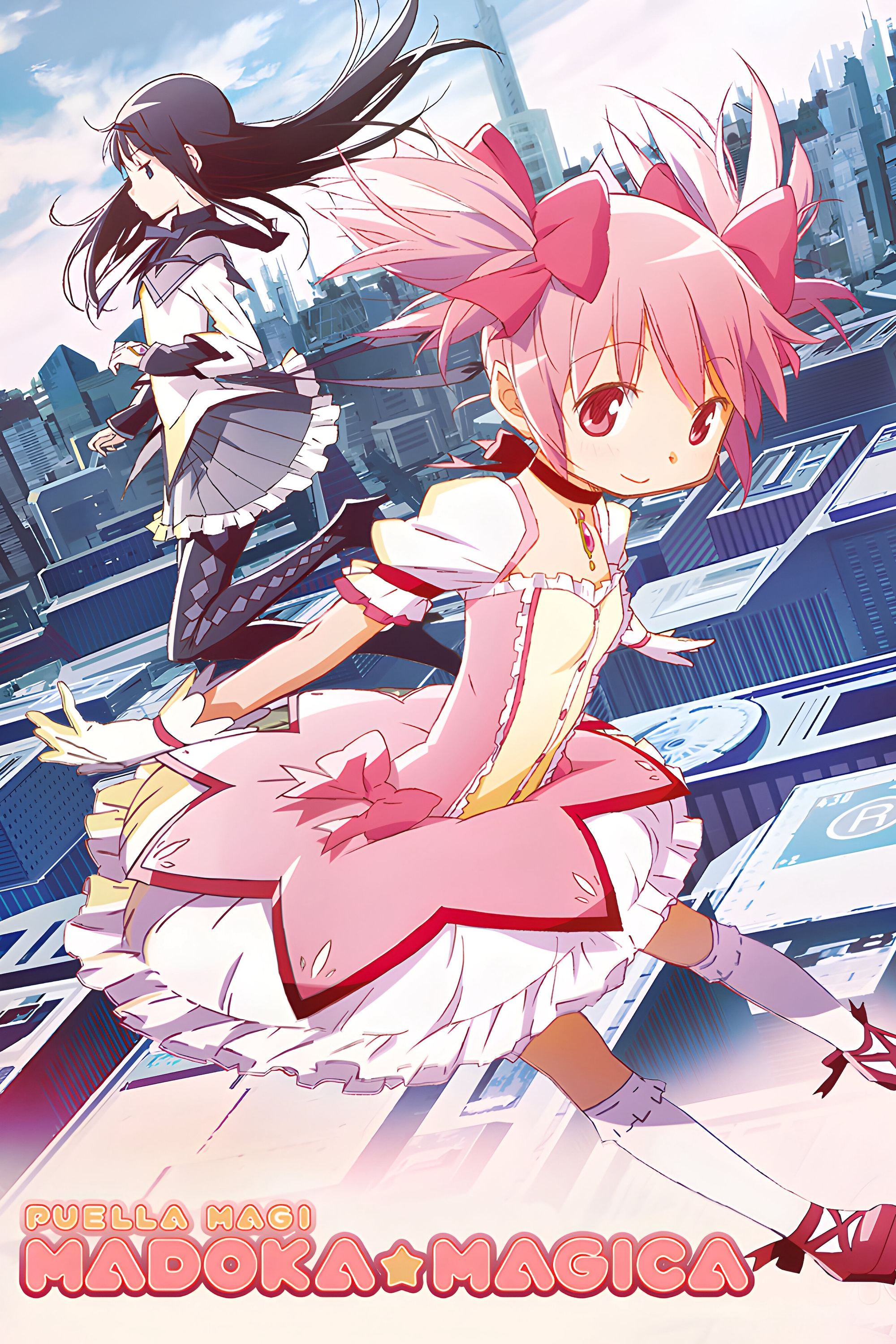
The first two episodes of the show start like a typical magical girl story, with characters signing contracts and enjoying school life. However, episode three dramatically changes the tone and story with a shocking character death. After this, the show becomes a psychological horror that also uses time loops and science fiction. The middle episodes delve deeper into the world’s mythology, explaining things like witch powers, soul gems, and the concept of entropy, making battles about more than just winning – they’re about fundamental questions of existence. Director Akiyuki Shinbo and writer Gen Urobuchi carefully crafted this shift to completely redefine what the series is about.
‘School-Live!’ (2015)
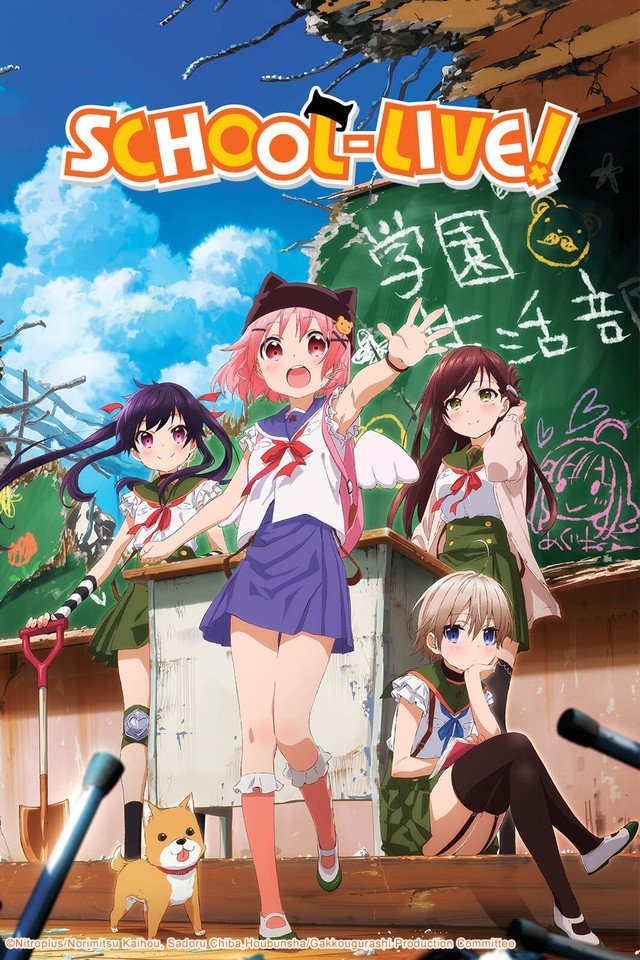
At first, the show seems like a typical high school comedy about a club. But the first episode ends with a shocking twist: a zombie apocalypse is happening outside! From that point on, the series changes dramatically, focusing on how the students survive, manage supplies, and cope with the trauma. The storytelling shifts from confusing perspectives to a straightforward account of their efforts to deal with the crisis, as everyday schoolwork is replaced by preparing for disaster and trying to escape.
‘Samurai Flamenco’ (2013–2014)
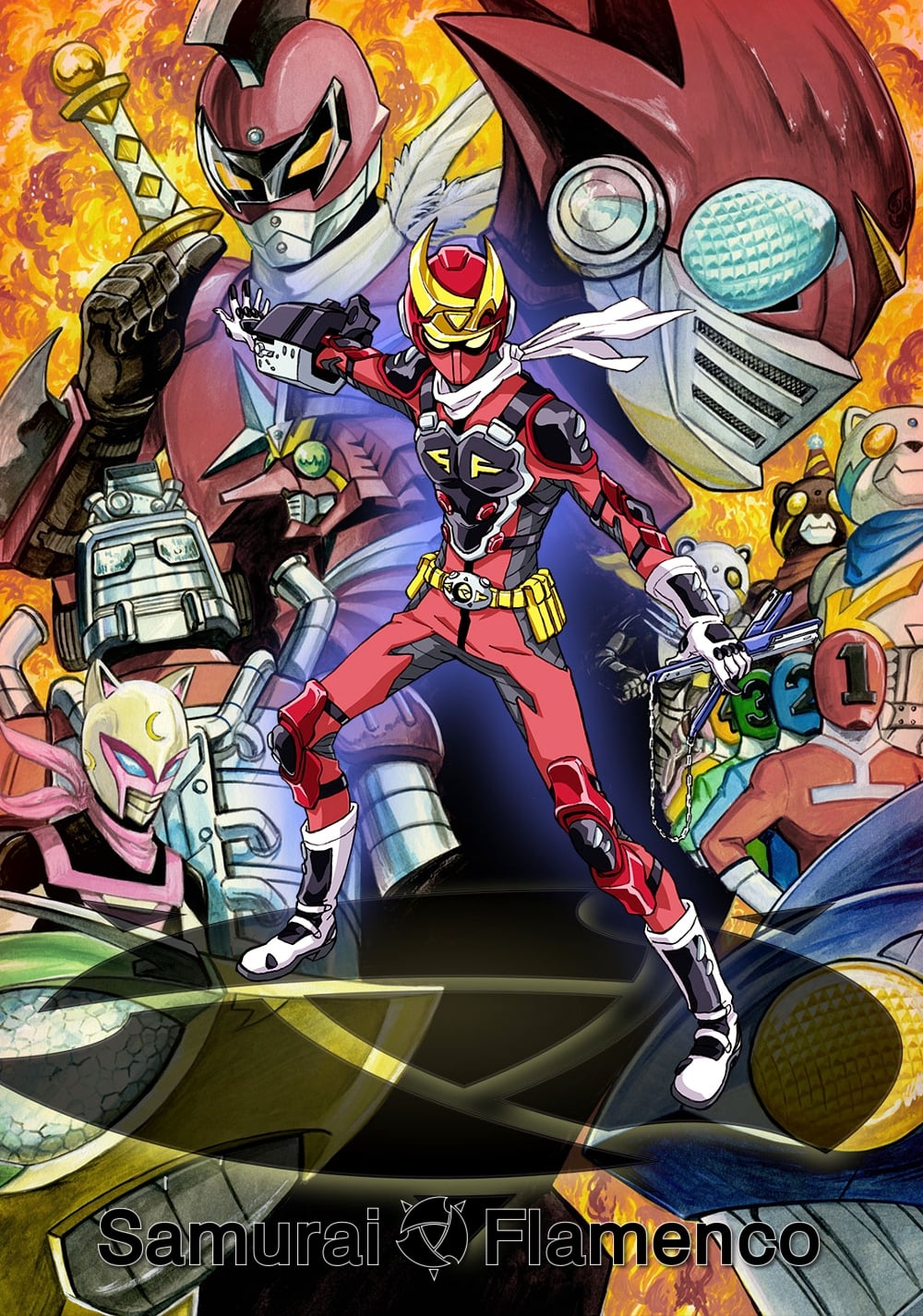
The show starts as a realistic, action-driven story about a vigilante dealing with everyday crimes and public relations. But around halfway through the first season, it transforms into a more over-the-top, colorful spectacle with supervillains, weekly monster fights, and global threats. The problems the characters face change dramatically – from dealing with local troublemakers to fighting bizarre, powerful enemies and saving the world. This shift is reflected in the actors’ roles and costumes, and the show moves from a comedic drama to a self-aware, high-energy superhero adventure.
‘Blood-C’ (2011)
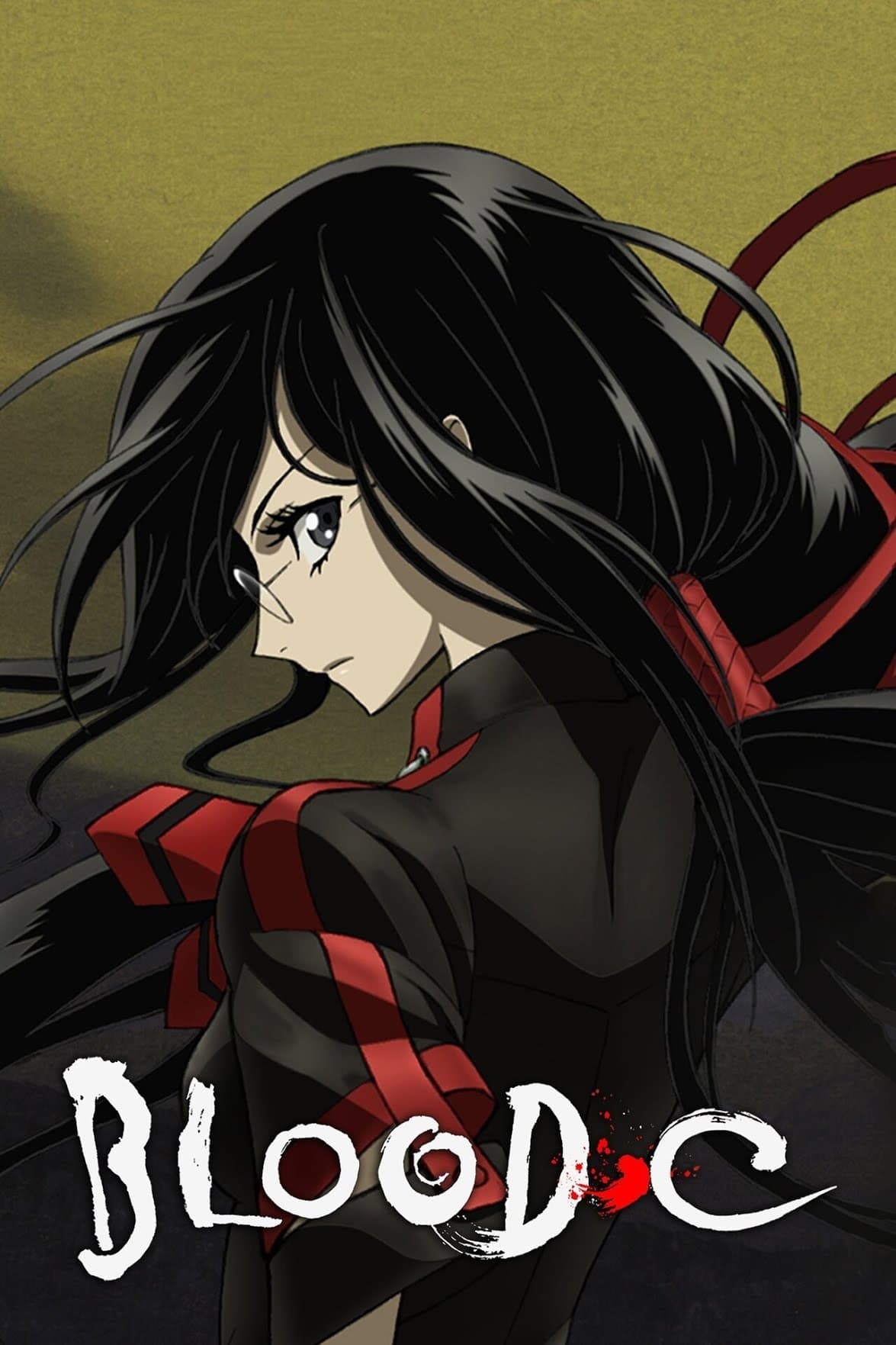
The first part of the story focuses on the everyday life of a kind shrine maiden in a small town, with occasional, limited battles at night. Around the middle, a major reveal changes how you understand everything that’s happened so far, and the story shifts to much more intense and violent scenes, with large-scale killings instead of single fights. It stops being a series of individual monster encounters and starts exploring a larger conspiracy involving people. The story begins to connect with the events of ‘Blood-C: The Last Dark,’ dramatically changing the atmosphere from a gentle mystery to a constant stream of graphic horror.
‘From the New World’ (2012–2013)
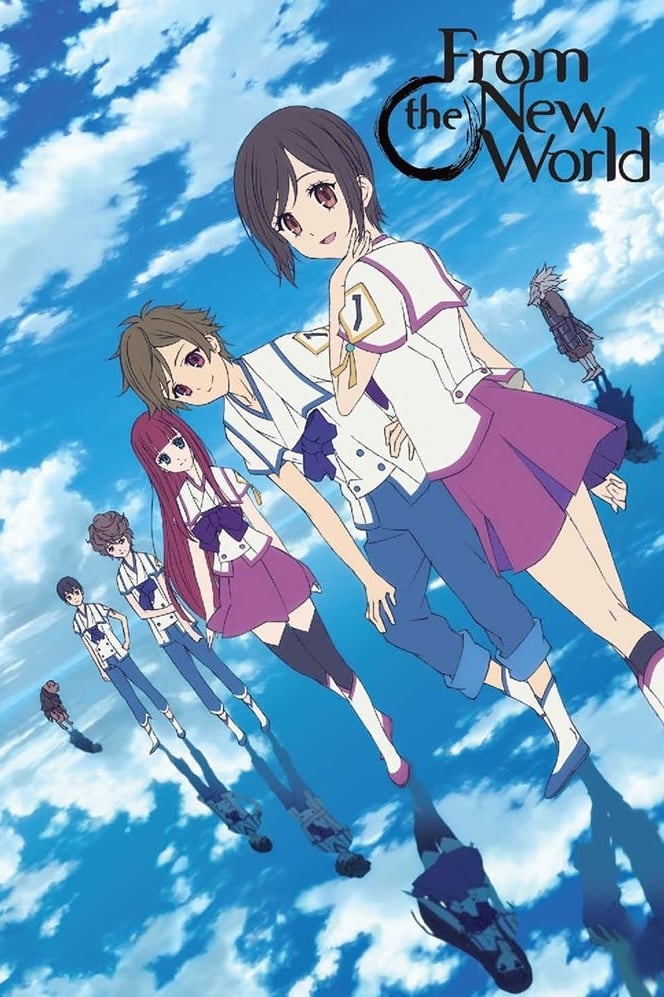
The show begins by focusing on everyday school life and the development of psychic powers within a peaceful, rural setting. However, as the season progresses, it takes a darker turn, exploring themes of social injustice, genetic manipulation, and rebellion by oppressed groups. The story shifts from lessons and training to investigations, escapes, and planning for war. Instead of tests and school trips, the characters rely on survival skills, maps, and shared stories to get by.
‘Kokoro Connect’ (2012)
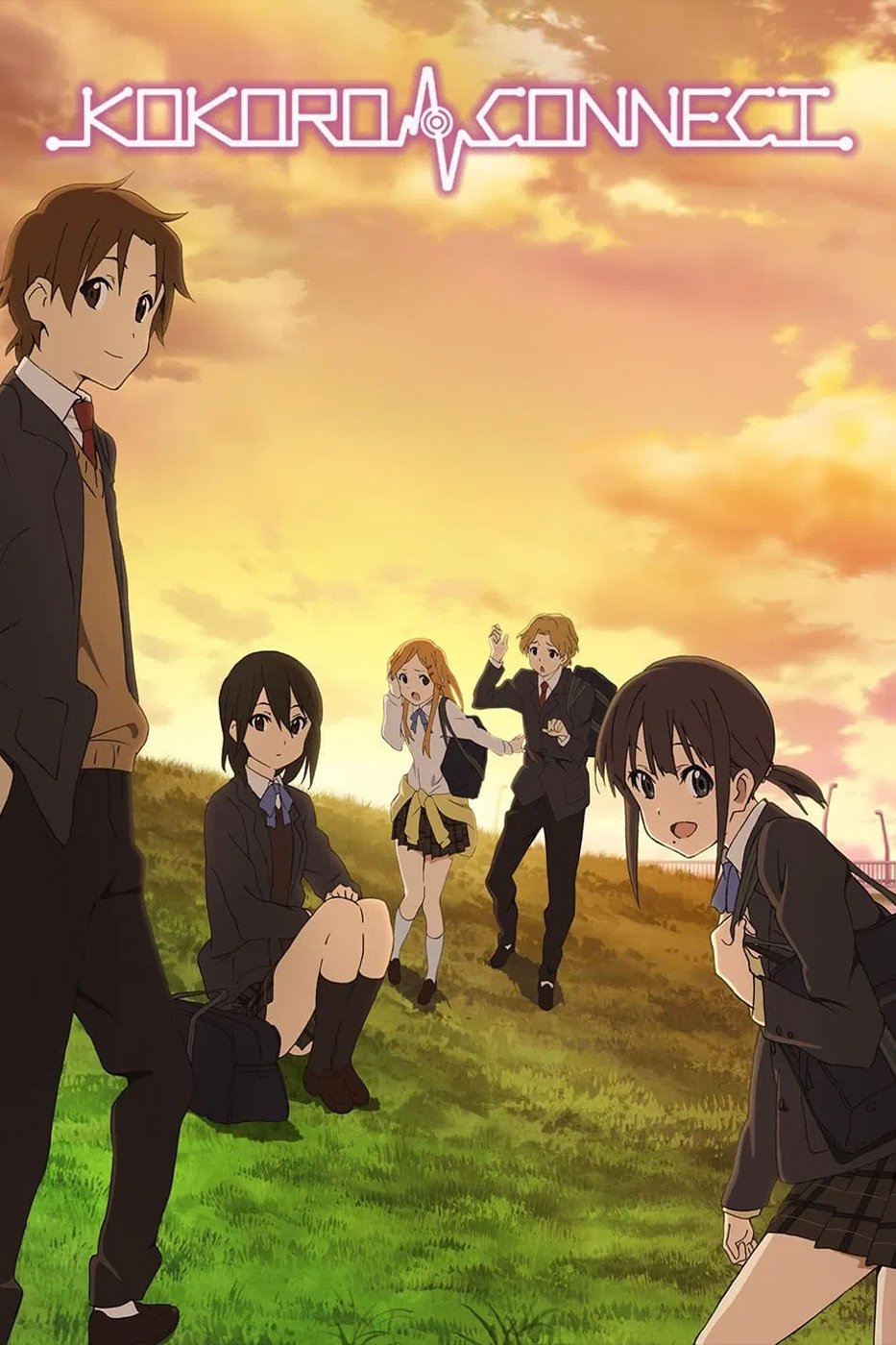
The show starts as a funny, lighthearted comedy about students switching bodies, focusing on embarrassing moments. But halfway through, things get more serious as strange events begin to happen, involving mind control, lost memories, and people being forced to tell the truth. This turns the series into a psychological thriller. The show then explores how the students’ club deals with issues of consent, responsibility, and handling difficult situations. Each new event introduces a different set of challenges, changing the focus from simple comedy to complex ethical dilemmas.
‘Yuuki Yuuna Is a Hero’ (2014)

At first, the show seemed like a pretty standard magical girl series – lots of school life, teamwork, and pep talks. But then things took a really dark turn. It started revealing the awful physical and emotional toll the transformations took on the girls, and we learned the organization behind them wasn’t what it seemed. Suddenly, instead of seeing club schedules, we were looking at training logs and mission reports, and the girls’ health stats became crucial to the plot. The focus completely shifted from feeling empowered as a team to realizing how much they were being asked to sacrifice.
‘Gurren Lagann’ (2007)

The first part of the season is a rough-and-tumble story about villagers fighting back with mechs, trying to escape and survive small battles. A major character’s death leads to a new leader and shifts the focus to larger, more organized military operations. Later in the season, the story jumps forward in time and explores themes of politics and introduces incredibly high stakes involving the fate of the universe. The action expands from underground tunnels to defending cities, and eventually to battles across space, dramatically changing the series’ overall feel and type of story it tells.
‘Trigun’ (1998)

When I first started watching, it felt like a really fun, goofy space western – think bounty hunters and crazy bar fights with this wandering hero, Vash. But around the halfway point, things got much deeper. The show started revealing Vash’s backstory, introducing this group called the Gung-Ho Guns, and really focusing on his conflict with this villain, Knives. It went from these self-contained, silly adventures to one big, ongoing chase with some seriously tough moral questions. Even the music and how each episode was structured changed – it traded those quick laughs for a much more suspenseful, dramatic feel.
‘Magical Girl Raising Project’ (2016)
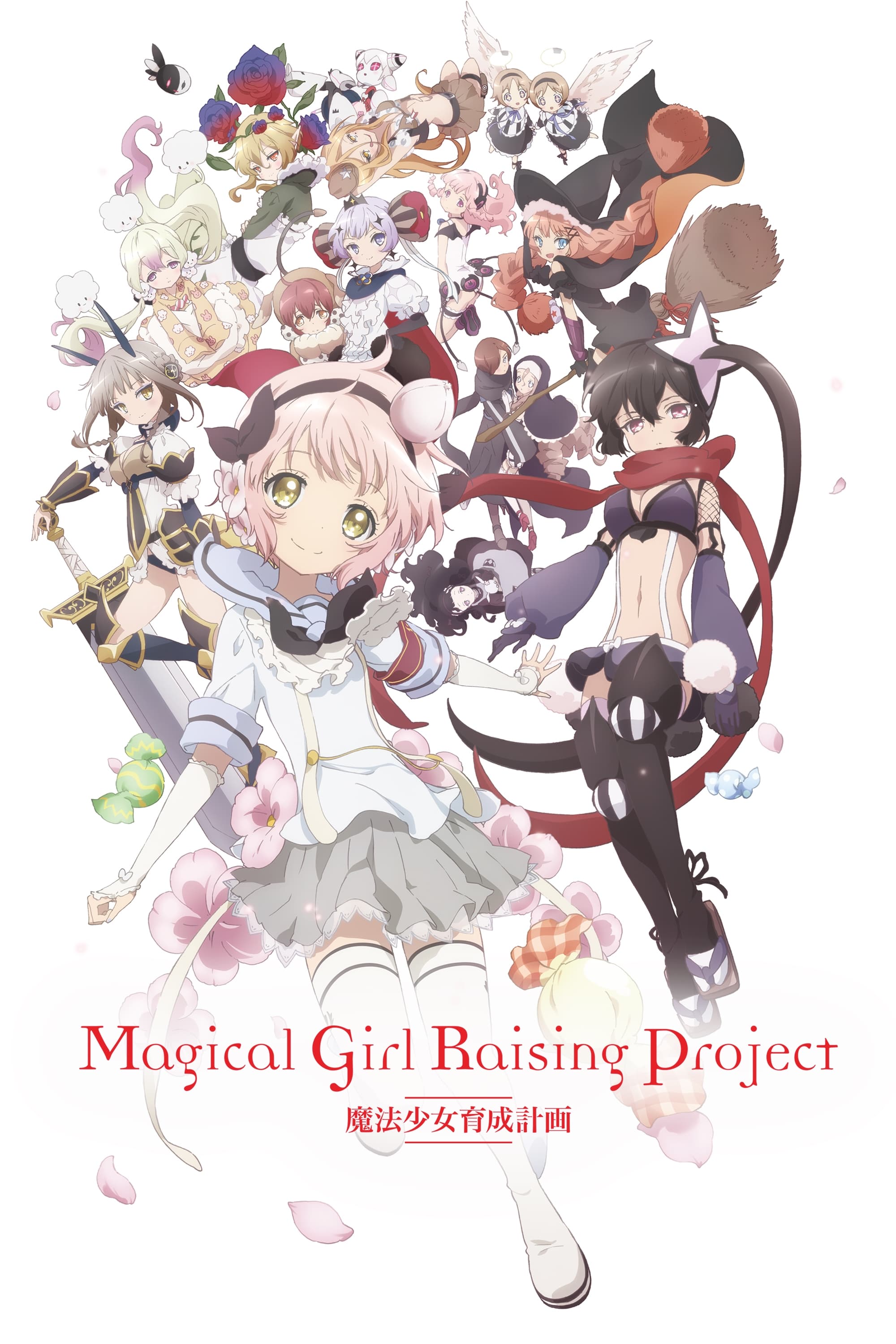
The show starts with a typical team of magical girls brought together through a special app. But things quickly change, and it becomes a competition where girls are eliminated one by one. Instead of working together, they’re focused on stats, meeting quotas, and competing for limited resources. Their powers shift from helping people to protecting themselves and strategizing against each other.
‘Flip Flappers’ (2016)

The show starts with lighthearted, self-contained stories set in strange and dreamlike worlds where characters collect objects. As the season progresses, it introduces a shadowy corporation, competing groups, and a larger mystery, turning the focus to sci-fi suspense. While still visually imaginative, the episodes shift from simple quests to complex investigations about who people really are, how memories work, and what’s fake versus real. The storytelling becomes more like a spy thriller, with an emphasis on secrets and keeping things under control.
‘Sword Art Online’ (2012)

The story begins as a life-or-death struggle for survival within a virtual reality game where characters can permanently die. It involves the challenges of coordinating raids and managing resources. Later, the story moves to a new game world focused on rescue missions and political maneuvering. The focus shifts from leveling up and building a guild to a more traditional fantasy adventure, including the ability to fly, and players need to understand how to navigate the world and its politics instead of just crafting to survive.
‘Bleach’ (2004–2012)
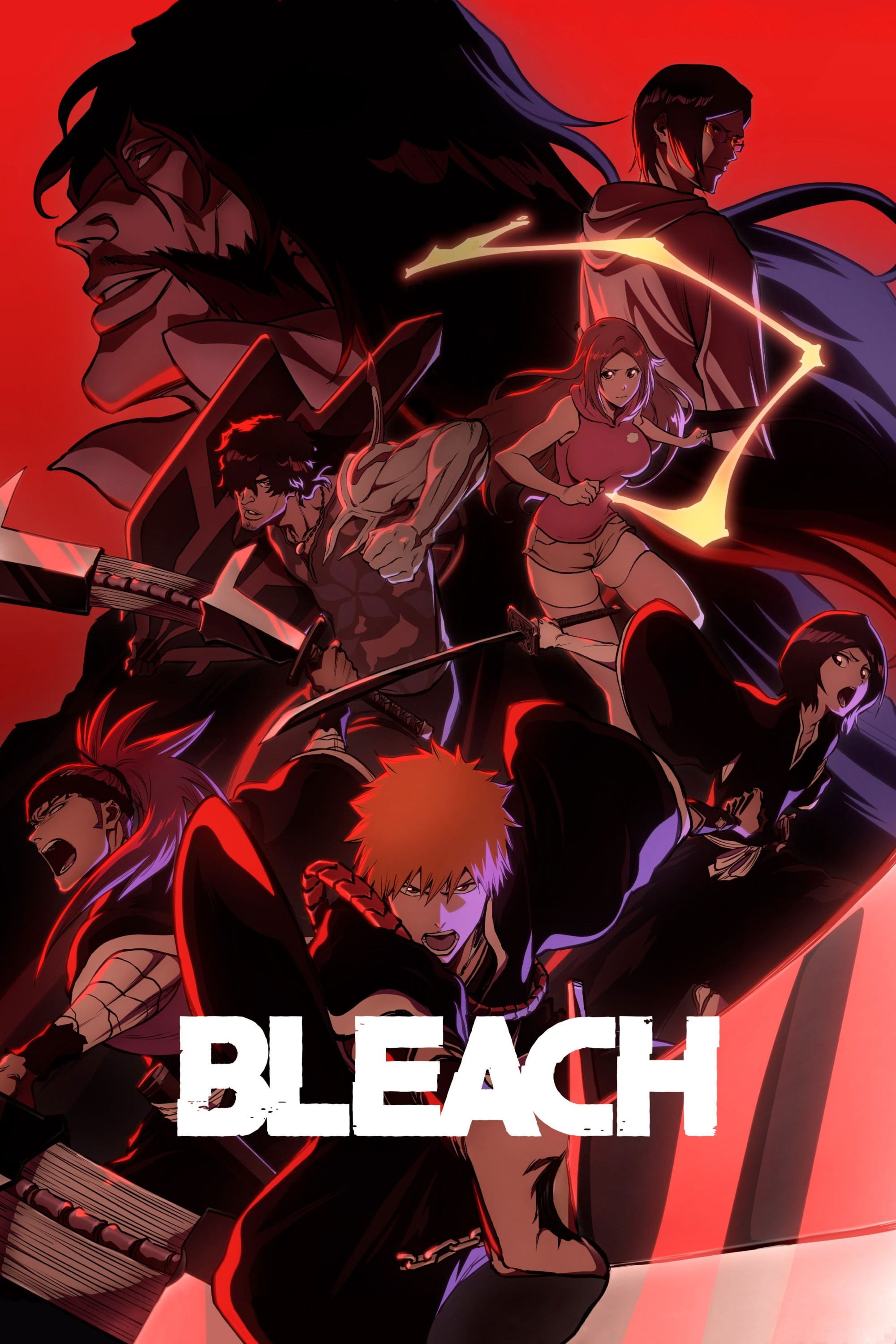
When I first started watching, it was really cool – each episode felt like a self-contained story with a new monster to deal with, all set in a normal high school. It felt like a modern take on those classic monster-of-the-week shows, with the characters just kind of figuring things out as they went. But around the halfway point of the first part, everything changed! The show shifted gears into a much larger, more epic story involving infiltrating this place called Soul Society. It went from those quick, individual battles to a full-blown war with organized teams, ranks, and these huge, multi-episode fights. Suddenly, instead of school life and patrolling the neighborhood, we were focused on training, climbing the ranks, and complex rescue missions. It was a complete shift in tone and scope, and honestly, I loved it!
‘Guilty Crown’ (2011–2012)
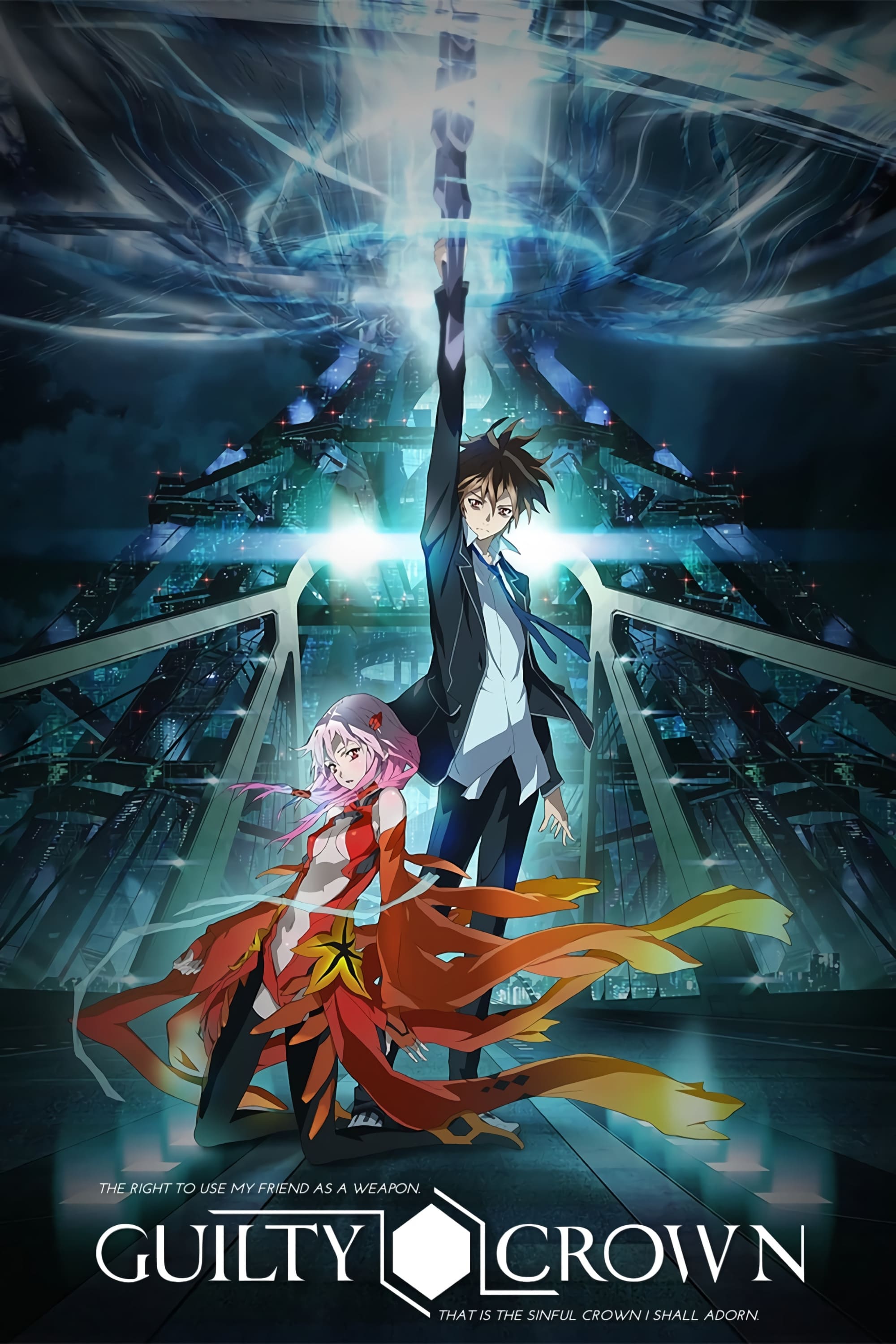
The series begins as a sci-fi story set in a school, featuring self-contained missions and a puzzling power called the “void.” However, the story quickly shifts gears, becoming a tale of oppression and rebellion. The familiar setting of school clubs and concerts is overtaken by strict martial law, quarantines, and military strategy. The characters’ abilities are no longer focused on self-improvement, but on the demands of fighting a war.
‘Charlotte’ (2015)
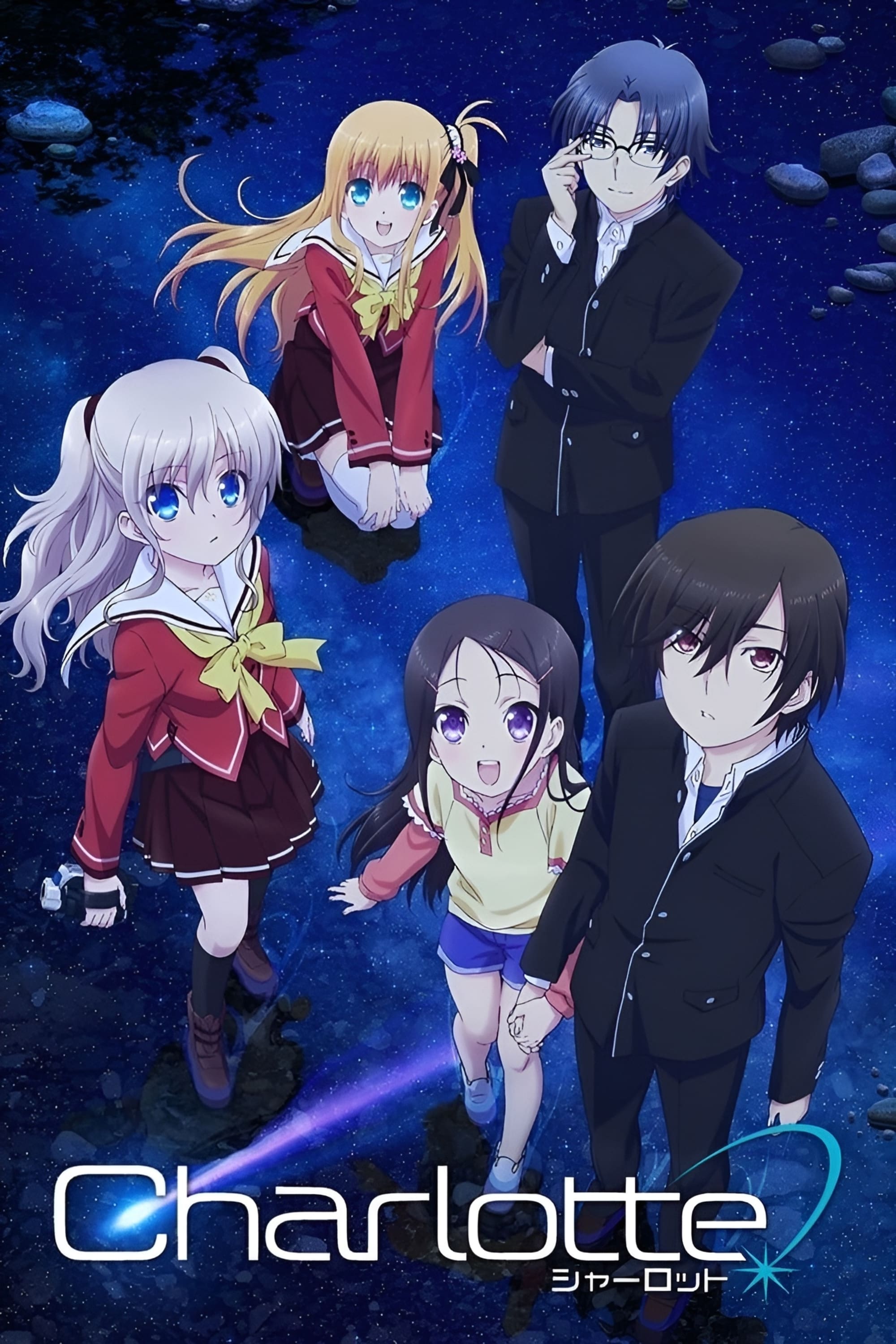
The series starts with lighthearted comedy, showing students comically misusing temporary superpowers. Around the middle of the season, a major disaster happens, and a secret, worldwide operation begins, turning the show into a thriller. The main character’s unique abilities then become crucial for rescuing people and controlling dangerous situations. Everyday school activities are replaced with globe-trotting adventures, intense security measures, and careful planning to avoid being caught.
‘Darling in the Franxx’ (2018)
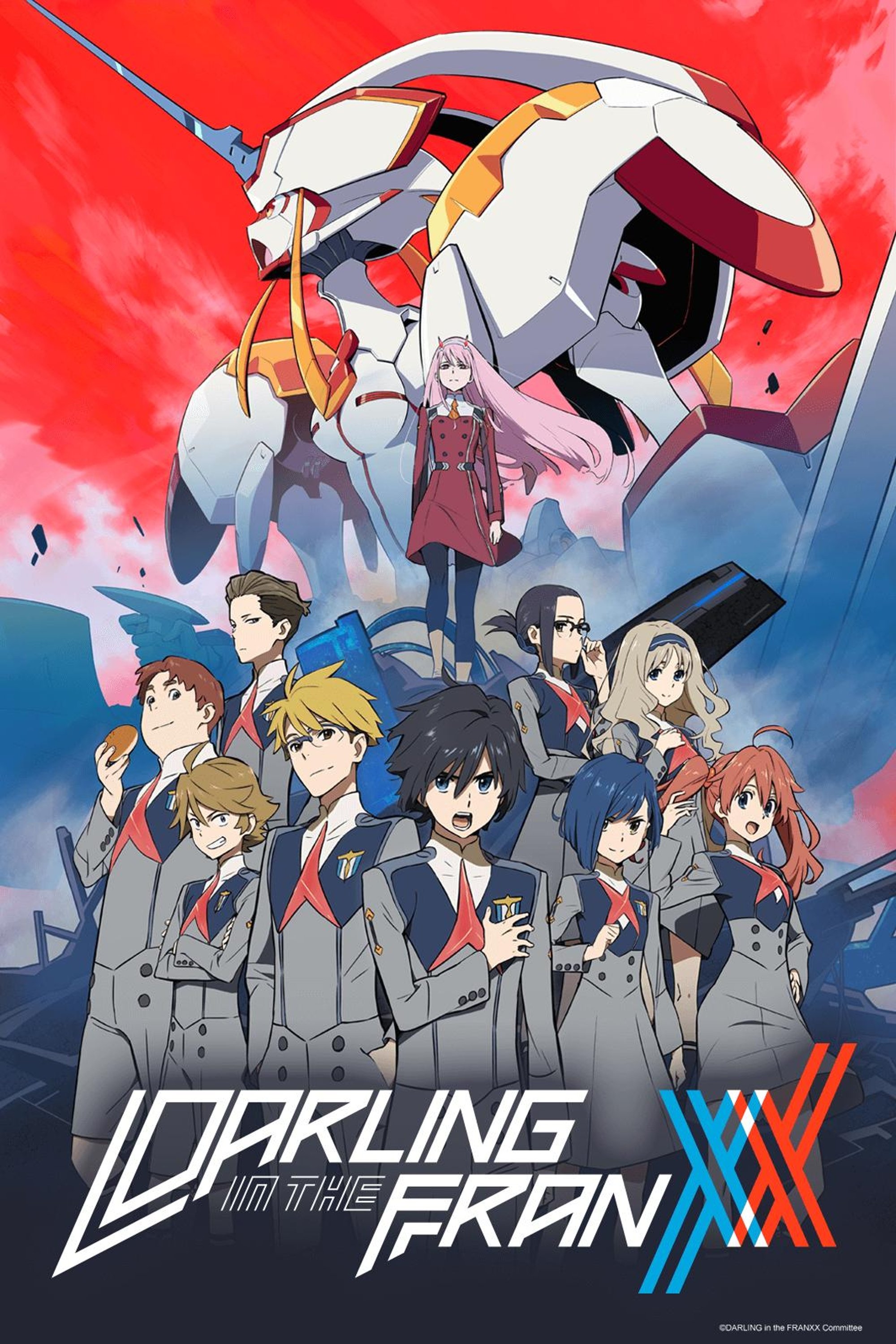
The story begins with exciting team-based battles featuring giant robots, focusing on the characters growing up and learning to work together. As the story progresses, we learn more about the world and the enemy, raising the stakes to a fight for the survival of entire species, and expanding the conflict into space. Relationships between characters shift from combat partnerships to political disagreements, and the focus moves from individual missions to defending entire planets from a larger, more profound danger. What starts as simple after-action reports transforms into complex strategic planning sessions.
‘Fena: Pirate Princess’ (2021)
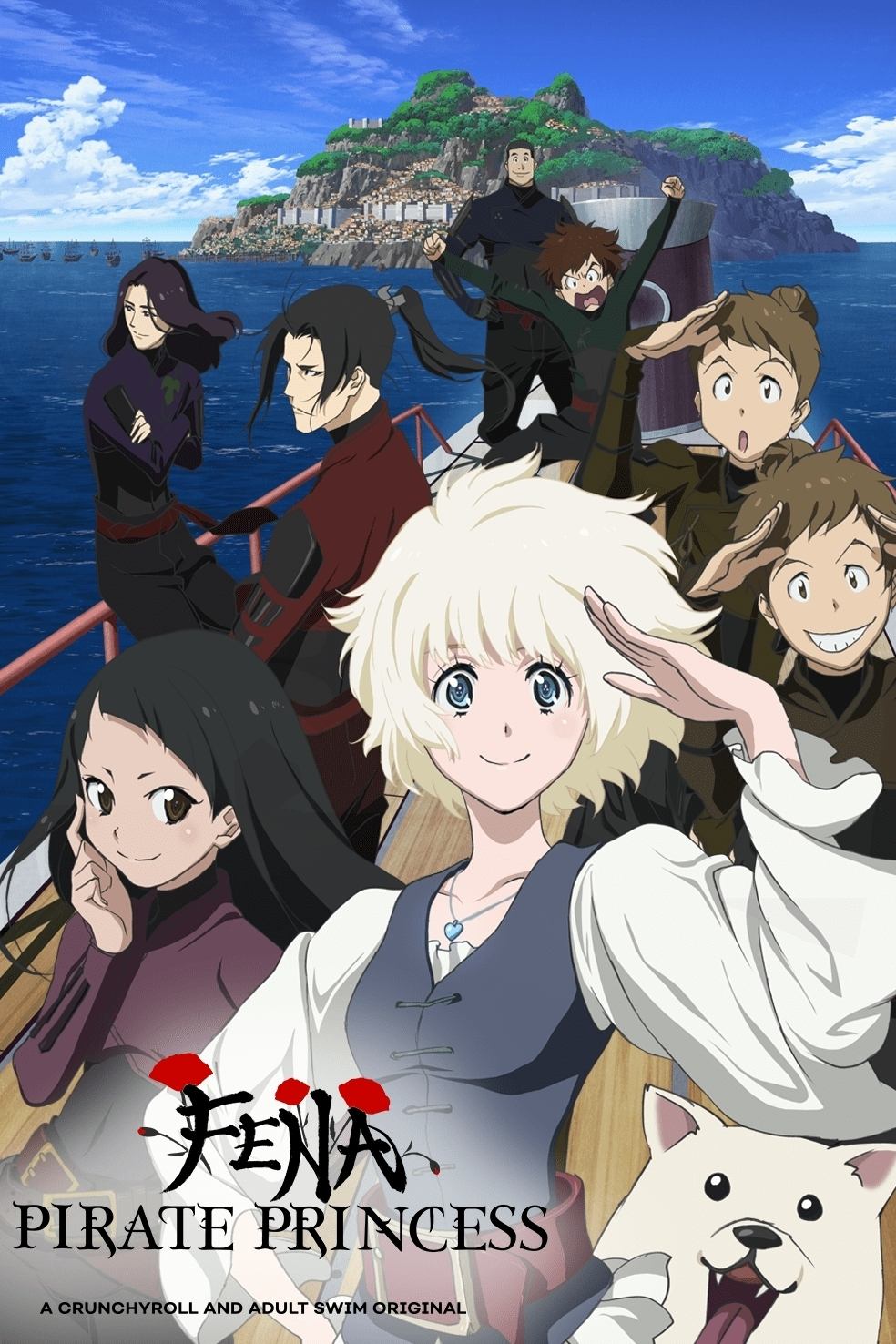
The game starts as a thrilling treasure hunt, where you upgrade your ship, find maps, and decipher clues. But things take a turn, shifting the focus to an ancient prophecy and the schemes of a hidden organization. Your crew goes from focusing on practical skills like scouting and navigation to protecting someone destined for greatness. Instead of battling at sea, you’ll explore mysterious locations and uncover secrets from the past.
‘Rokka: Braves of the Six Flowers’ (2015)
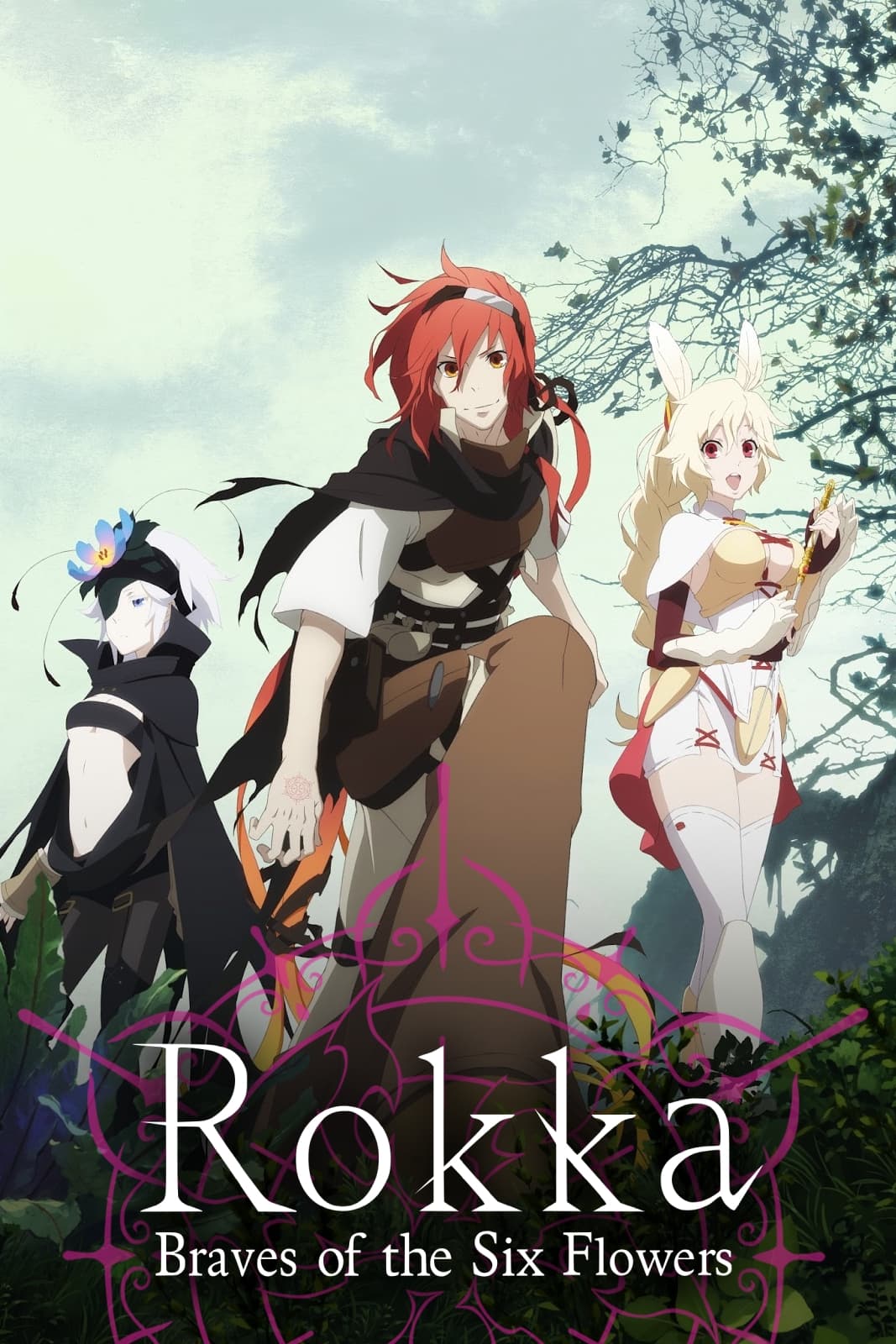
Okay, so at first, this show felt like a pretty standard fantasy adventure – a group of heroes on a clear mission. But around the halfway point, things took a really interesting turn. Suddenly, it became a ‘who done it?’ The epic journey just stopped, and our heroes found themselves trapped, trying to figure out which one of them is the bad guy. Forget about traveling and fighting monsters – now it’s all about figuring out timelines, looking for clues, and basically conducting an investigation. The whole vibe shifted from planning battles to interrogating suspects and trying to prove who’s lying. It was a surprisingly effective change of pace!
‘Princess Tutu’ (2002–2003)
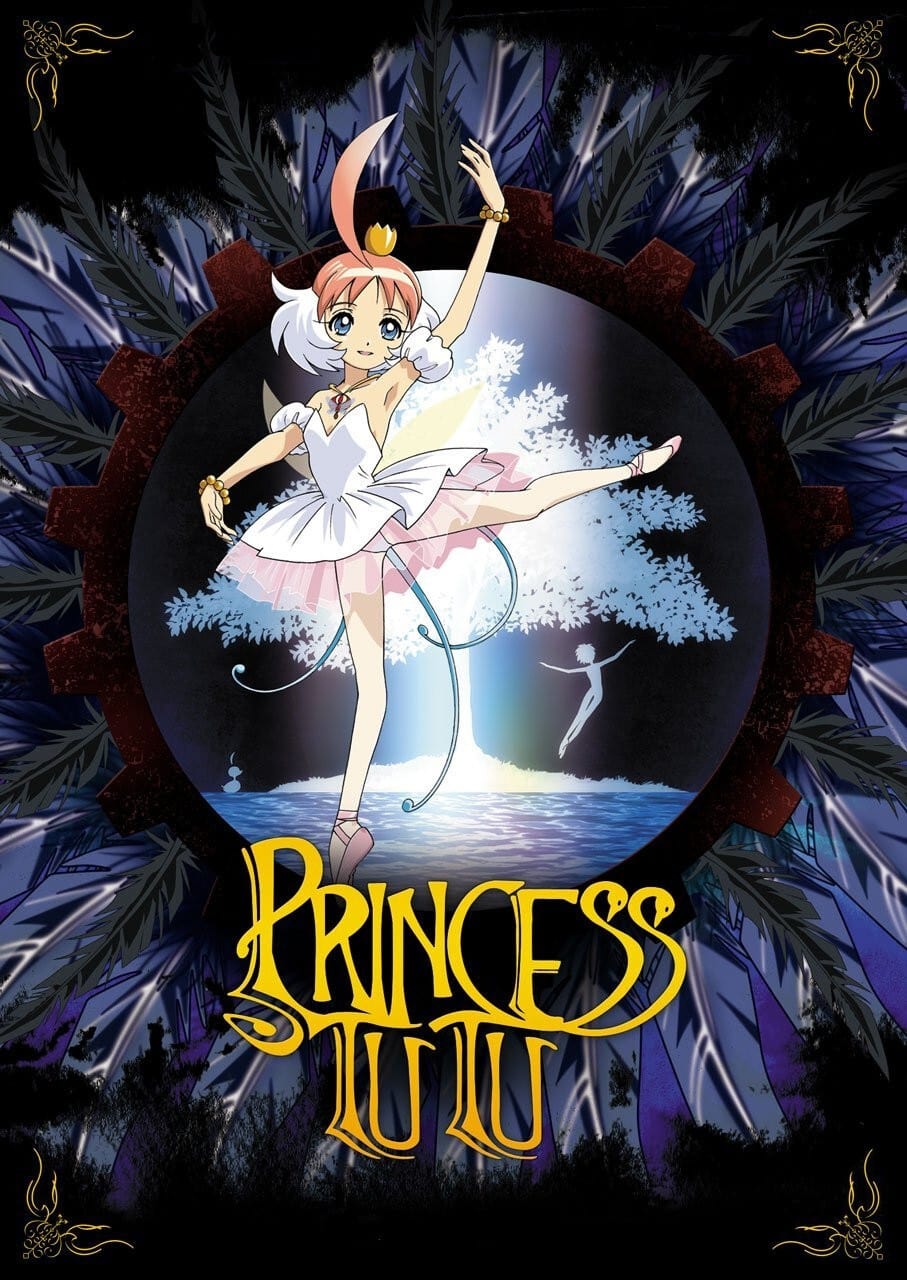
The show starts as a beautiful, classic fairytale with characters overcoming challenges. But halfway through, it shifts gears and becomes a story about storytelling itself, questioning who controls the narrative and what destiny really means. The villains’ reasons become more complex, and the dancing isn’t just for show – it’s used to challenge the rules of the story. The episodes start to explore whether characters truly have free will or if they’re just following a pre-written path, transforming the show from a simple adventure into a deeper look at how stories work.
‘Shadow Star Narutaru’ (2003)
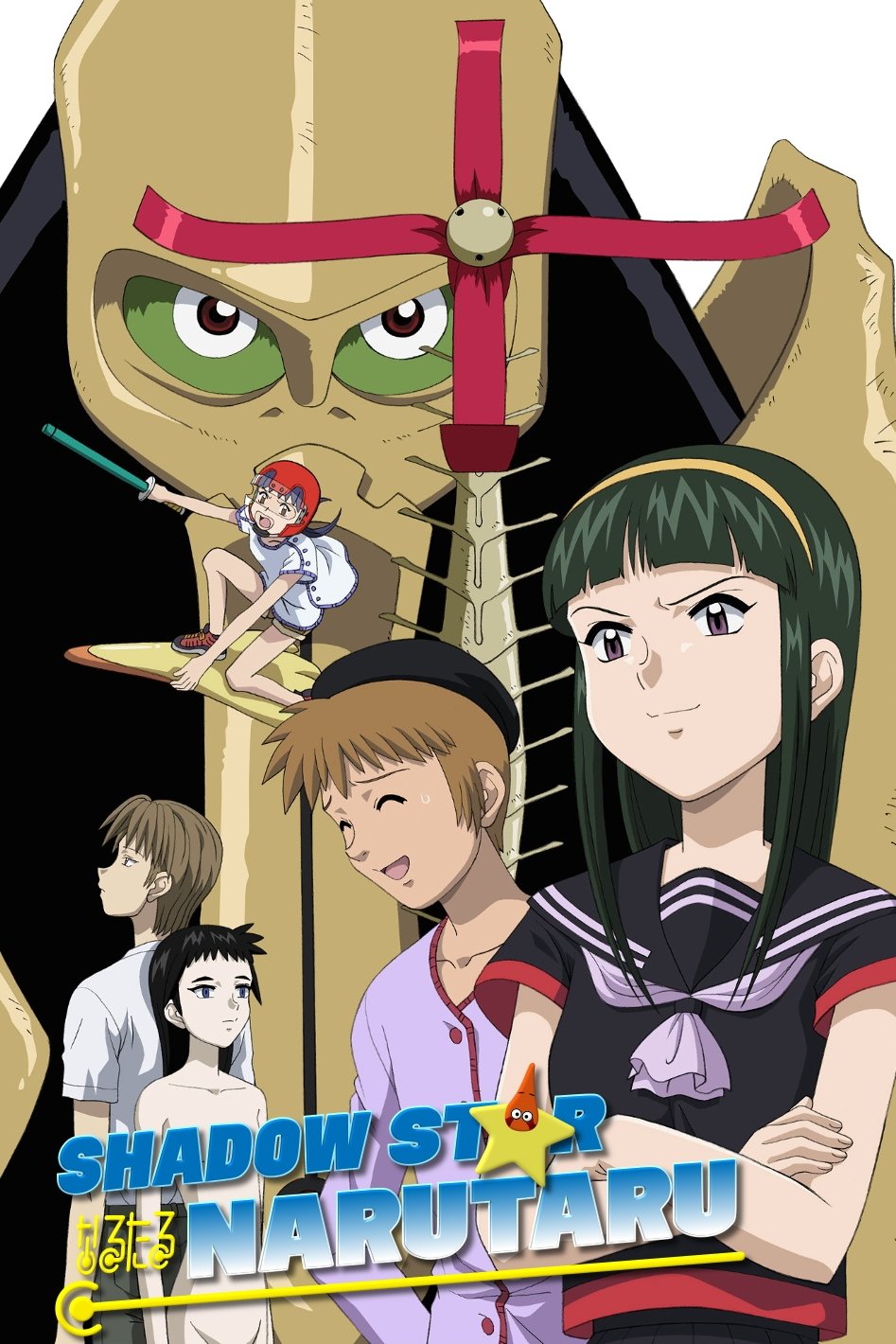
The story starts with heartwarming friendships and fun summer adventures. But as it progresses, it takes a dark turn, revealing themes of abuse, terrorism, and the dangerous use of magical creatures. Lighthearted moments like schoolwork and beach outings are soon overshadowed by disappearances, secrets, and increasing violence. What began as exciting abilities of fantastical creatures now become tools used in human conflicts.
‘Angel Beats!’ (2010)

The show is set in a humorous afterlife resembling a school, centered around a band. As the story progresses, it moves away from comedy and focuses more on emotional themes like dealing with regrets, recovering lost memories, and saying goodbye. What started as chaotic disruptions to daily life evolves into personal journeys towards closure, and the show emphasizes achieving personal fulfillment over pulling pranks.
‘Death Note’ (2006–2007)
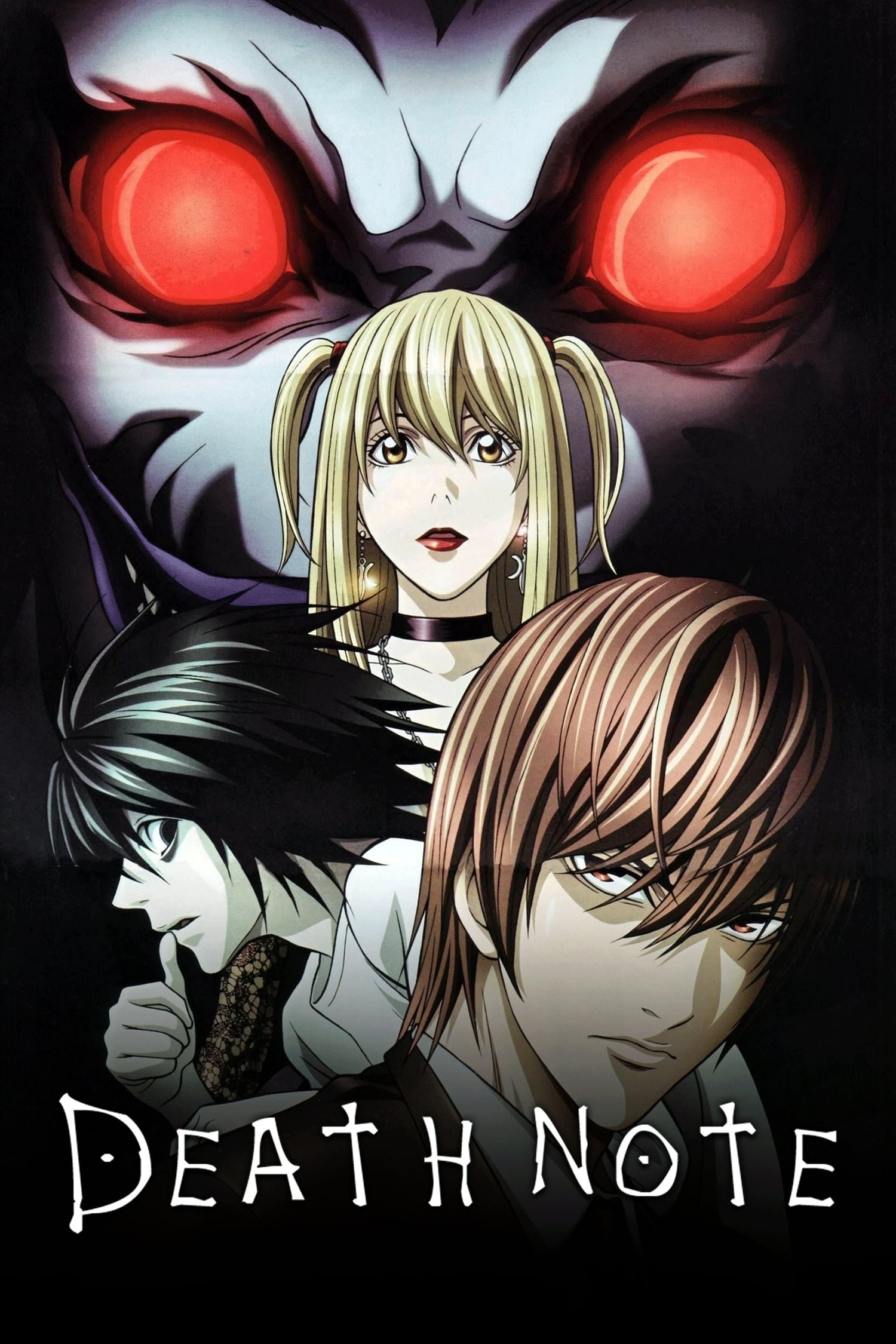
When the show first started, it was all about this intense battle of wits between two people – a real cat-and-mouse game with clever surveillance and finding loopholes in the law. But around the middle of the season, things changed a lot! Some key characters left, and we got new teams investigating everything, plus a lot more focus on the corporate world. It moved away from being a simple detective story to something bigger – a fight for power and a lot of spying. Instead of just relying on things like search warrants, they started using undercover operations and people pretending to be someone else, which made it way more complex and exciting!
‘Made in Abyss’ (2017)
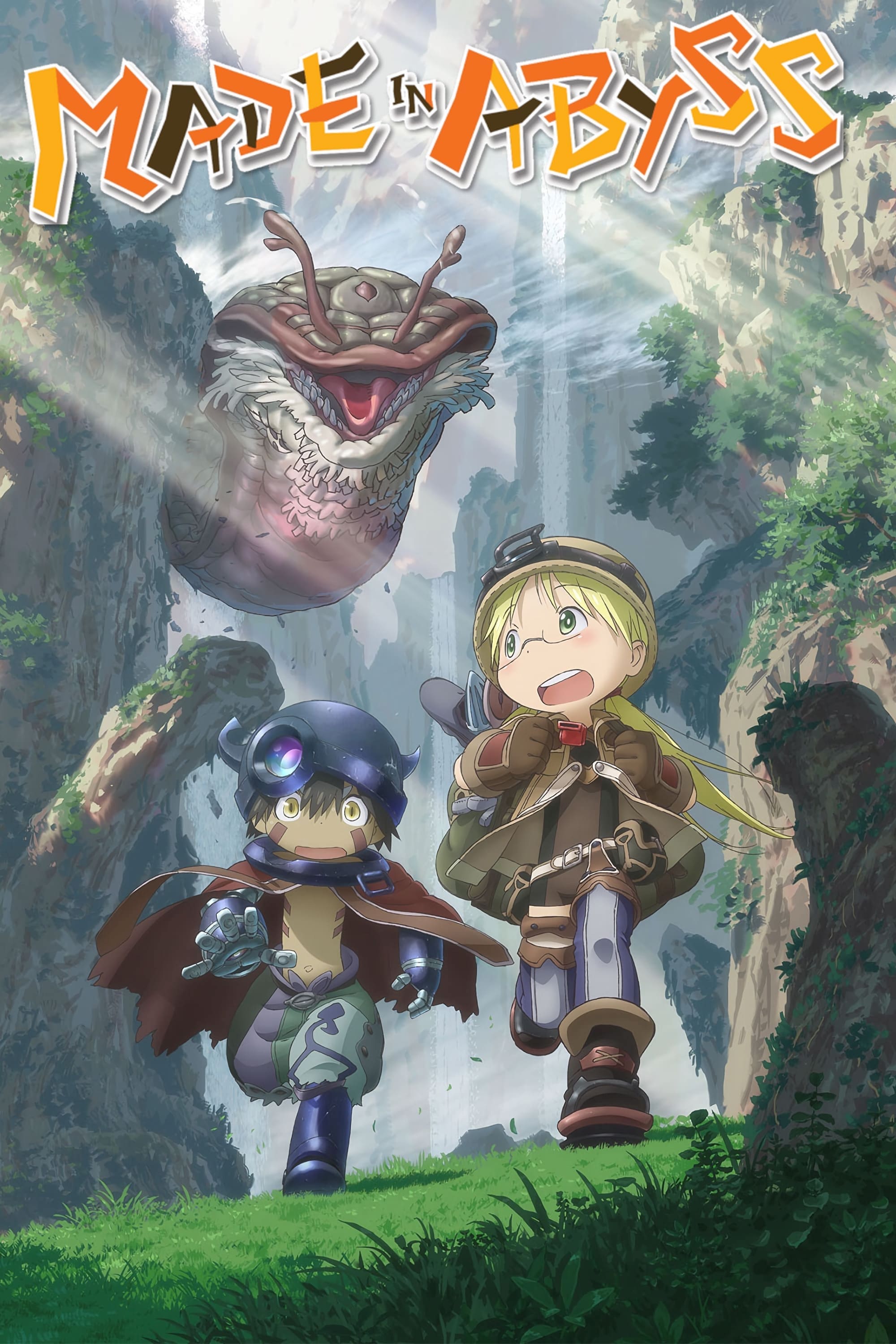
The first part of the story focuses on a dangerous journey downwards, where the characters map the area, collect ancient artifacts, and try to stay alive. As they go deeper, things become much more disturbing, with a focus on gruesome injuries and emergency medical care. The story shifts from simply finding things to desperately trying to survive and find a way out, detailing how they create cures, perform surgery in the field, and fight off the effects of curses.
‘Rurouni Kenshin’ (1996–1998)

The show starts with self-contained stories focusing on everyday problems and funny moments in Tokyo. But around the time the characters reach Kyoto, the plot changes. It becomes a continuous story about fighting skilled assassins and protecting the country. Things like travel plans, delivery routes, and government decisions become important to the plot. Fights evolve from spontaneous brawls into carefully planned battles with scouting and intelligence gathering.
‘Pandora Hearts’ (2009)
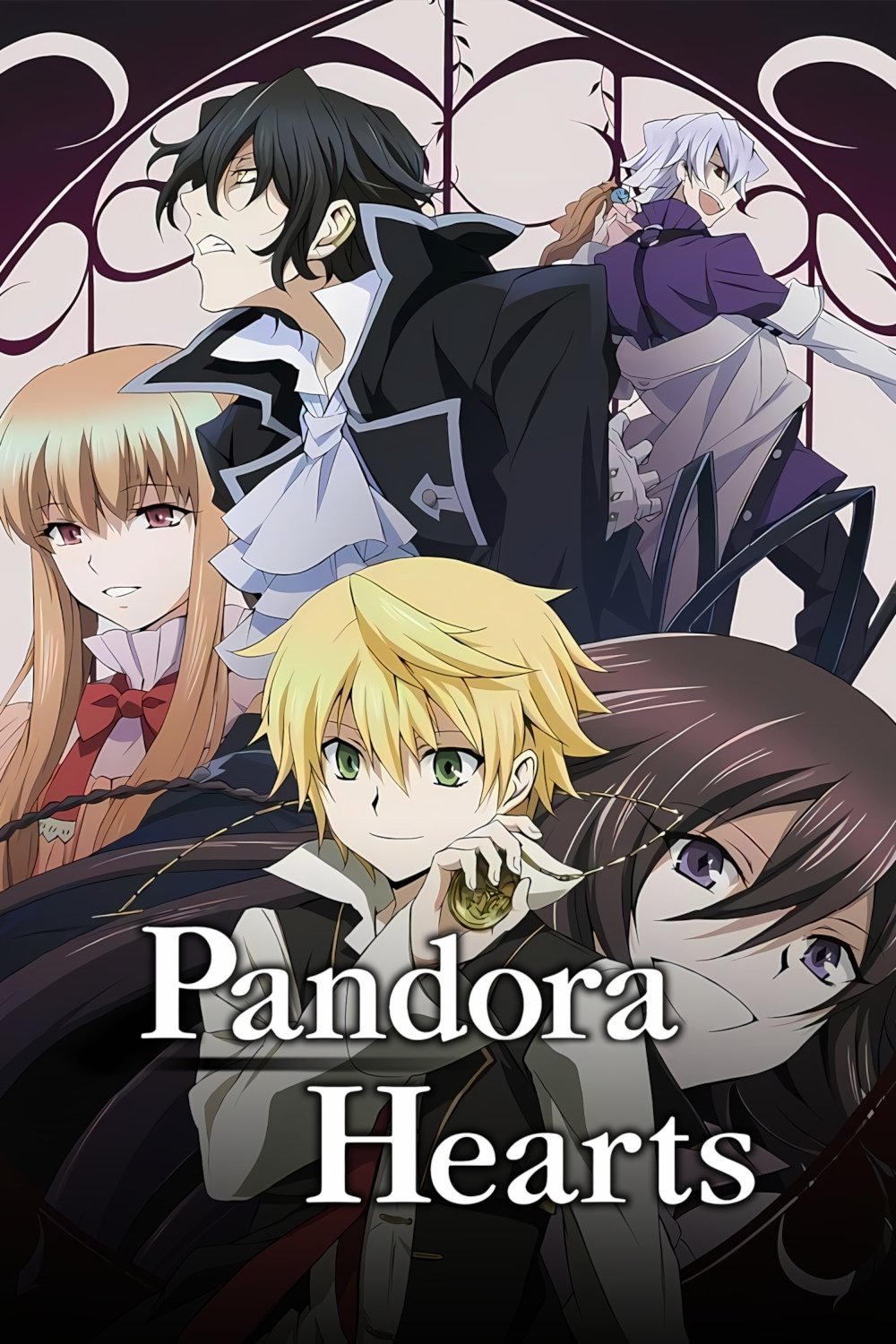
The story begins as a classic gothic mystery, filled with parties, young characters finding their place, and a few strange occurrences. But as the season progresses, it shifts into a darker fantasy world of political scheming and conspiracies. We move from elegant balls and tours of grand estates to secret agreements, complex magical systems, and clashes between different groups. The way clues are discovered also changes – instead of subtle social cues, we start finding answers through investigation and even fighting.
Share the wildest mid-season genre flip you’ve seen in anime in the comments!
Read More
- Broadcom’s Quiet Challenge to Nvidia’s AI Empire
- Gold Rate Forecast
- METH PREDICTION. METH cryptocurrency
- How to Do Sculptor Without a Future in KCD2 – Get 3 Sculptor’s Things
- Trump Ends Shutdown-And the Drama! 🎭💸 (Spoiler: No One Wins)
- Investing Dividends: A Contemporary Approach to Timeless Principles
- South Korea’s KRW1 Stablecoin Shocks the Financial World: A Game-Changer?
- Shiba Inu’s Netflow Drama: Bulls, Bears, and 147 Trillion SHIB
- Ether’s Future: 4 Things That Could Make or Break Its Bullish Comeback in 2025
- Hedera’s Latest Move: WBTC Joins the DeFi Party, Let the Bitcoin Liquidity Games Begin!
2025-11-19 23:48